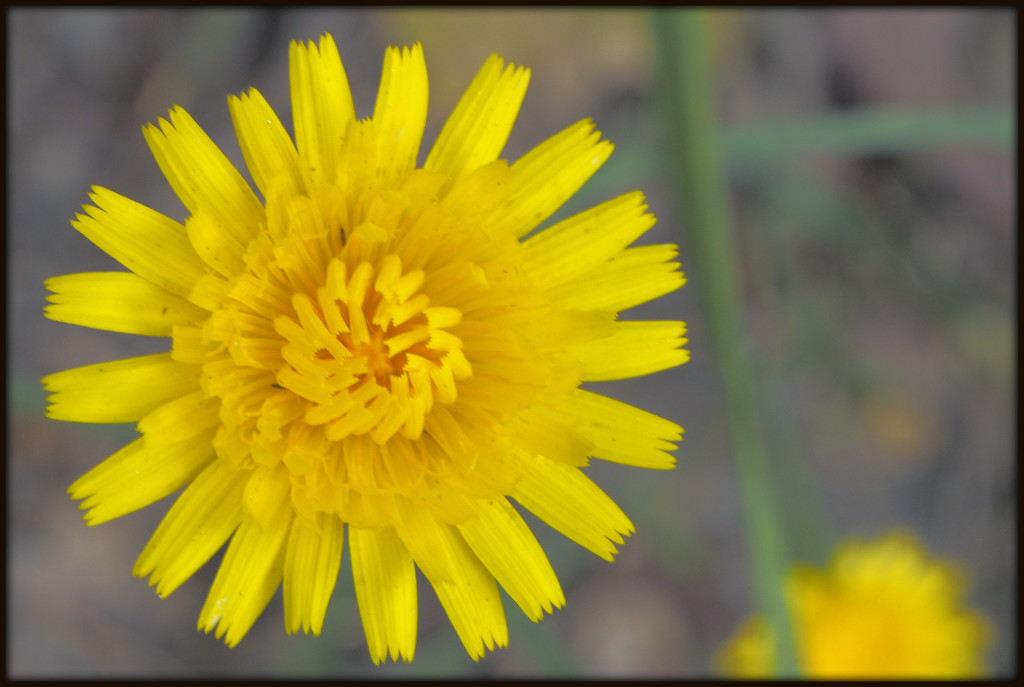I photographed this curving and re-curving muscadine grape tendril along the roadside earlier today.

I photographed this curving and re-curving muscadine grape tendril along the roadside earlier today.

On my Sunday morning walk along Piney Woods Church Road, I kept noticing evidence of sweetgum (Liquidambar styraciflua). Perhaps that was partly because it is so abundant. Along with loblolly pines, sweetgums are the dominant trees in the the second, third, and fourth growth woodlands and woodlots of the Georgia Piedmont. Not only do they grow everywhere from seed, but they also sprout from the roots of other trees, making lines of tiny saplings in my lawn. Meanwhile, the deer that browse most undergrowth to brown nubs ignore the sweetgums altogether.
And they can be beautiful — particularly their five-pointed, star-shaped leaves. Here are three photographs from my walk, fragments of an ongoing conversation between myself and the Piney Woods Church Road landscape.
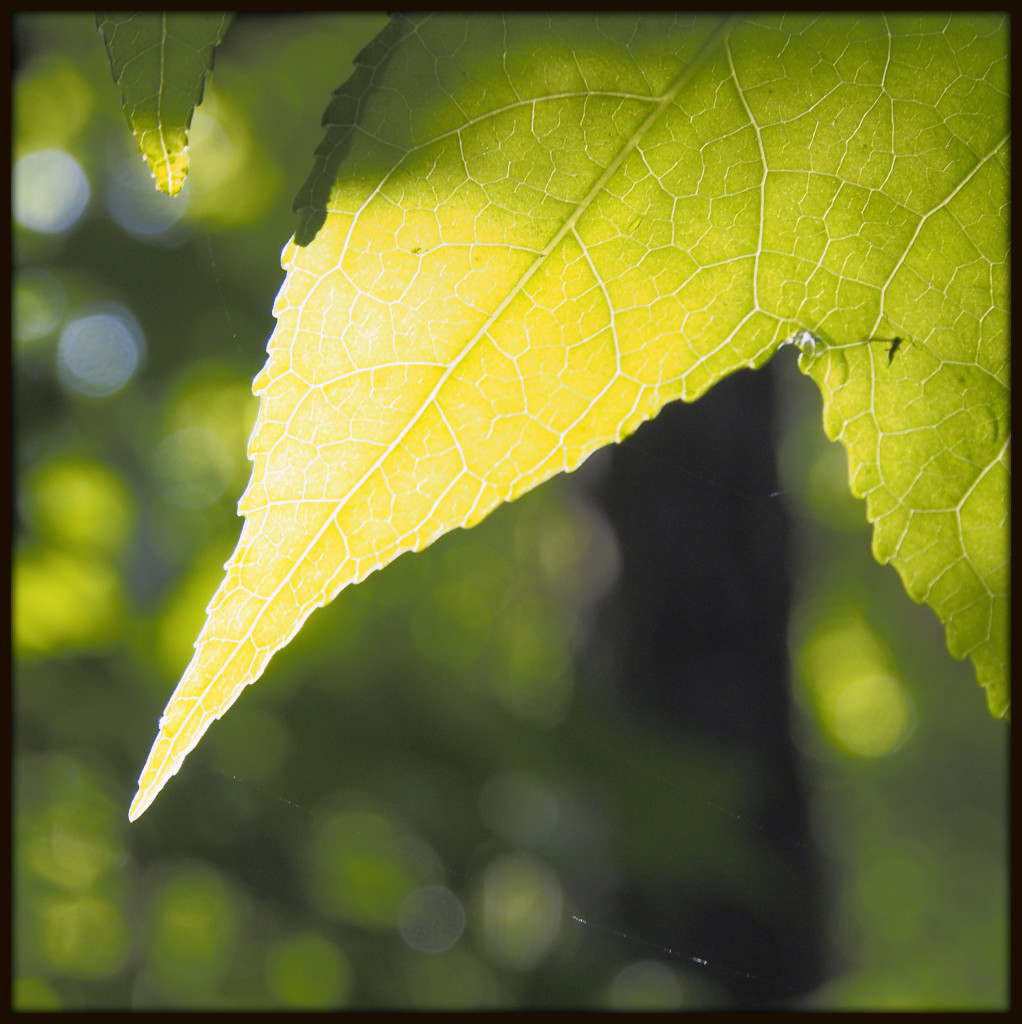
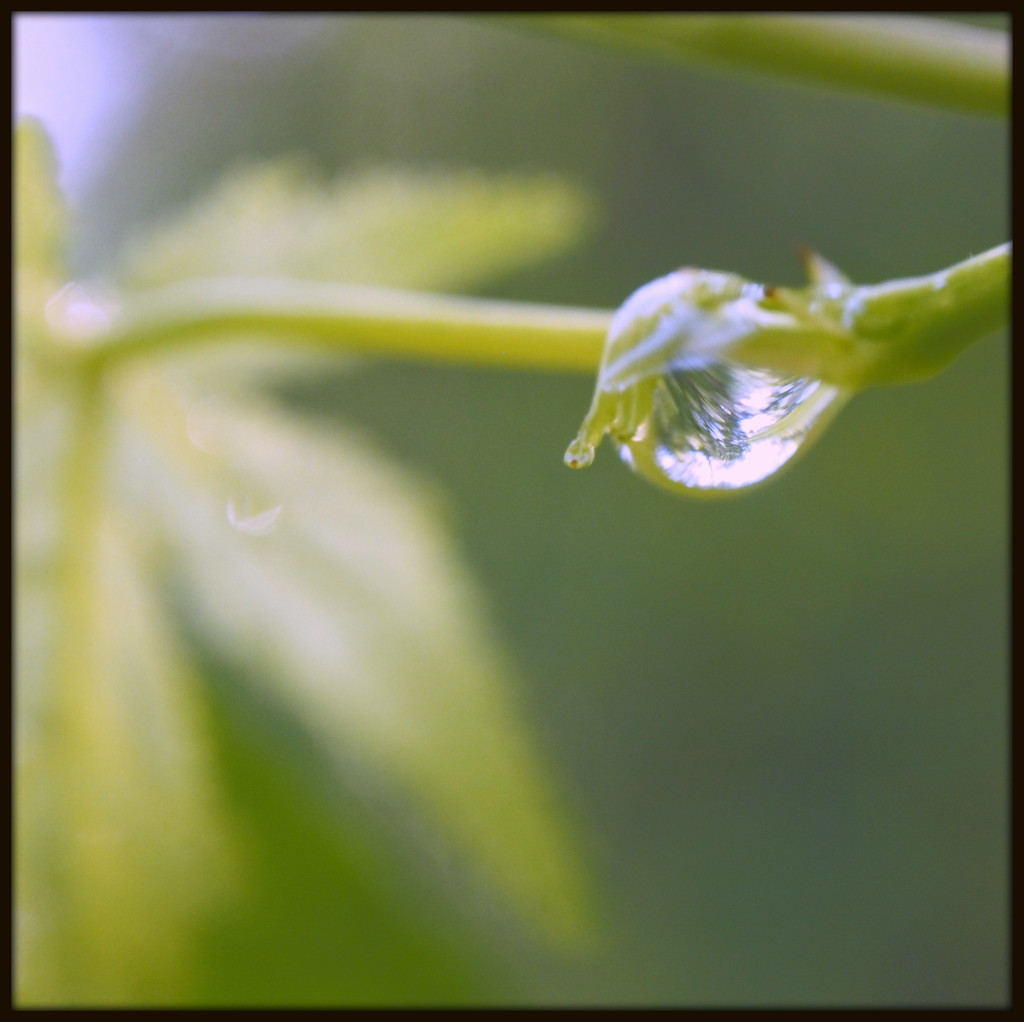
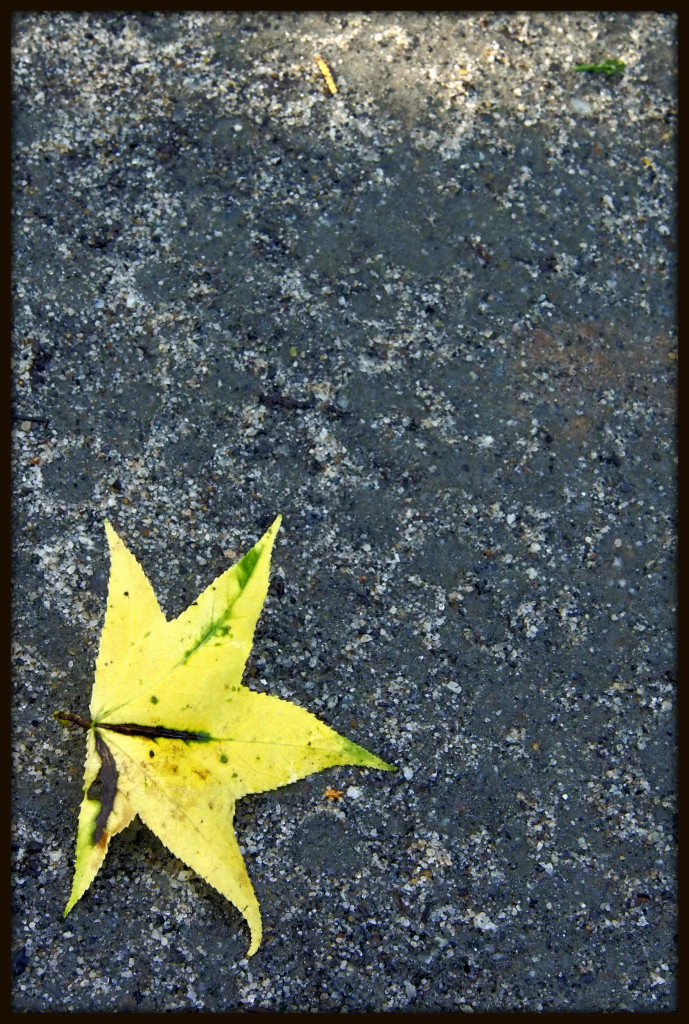
The wood oats (Chasmanthium latifolium) whose tawny dry stalks I had photographed in January have re-emerged from the ground with broad green blades and seeds just beginning to develop. Along a roadside rich in European “weeds”, wood oats are native to the Southeast, produce edible seeds, and have even been cultivated as a grain.
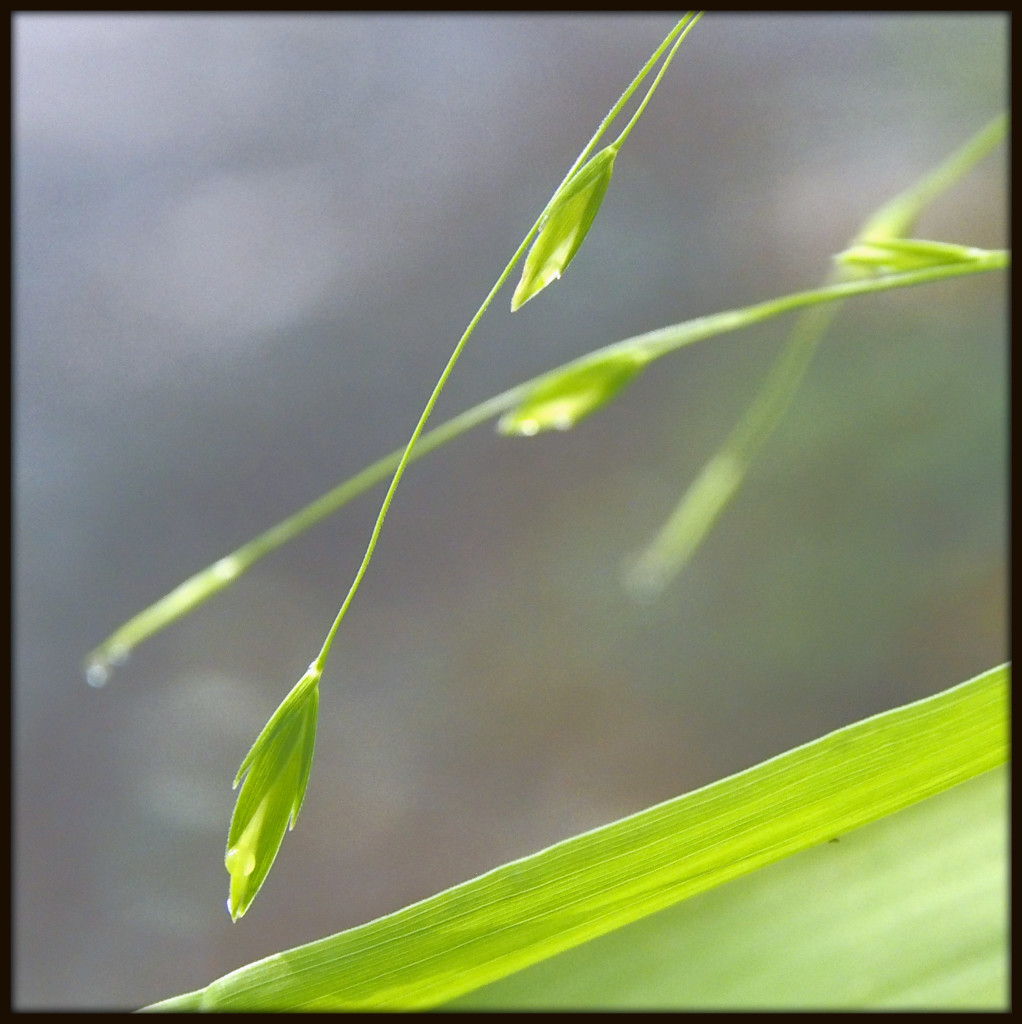
A lone blackberry leaf catches the late afternoon light. I am entranced.

An hour or so before sunset along Piney Woods Church Road, I took this photograph of clouds illumined by the late-day sunlight, with a loblolly pine tree in the foreground. How I wish the clouds would bring us some rain!
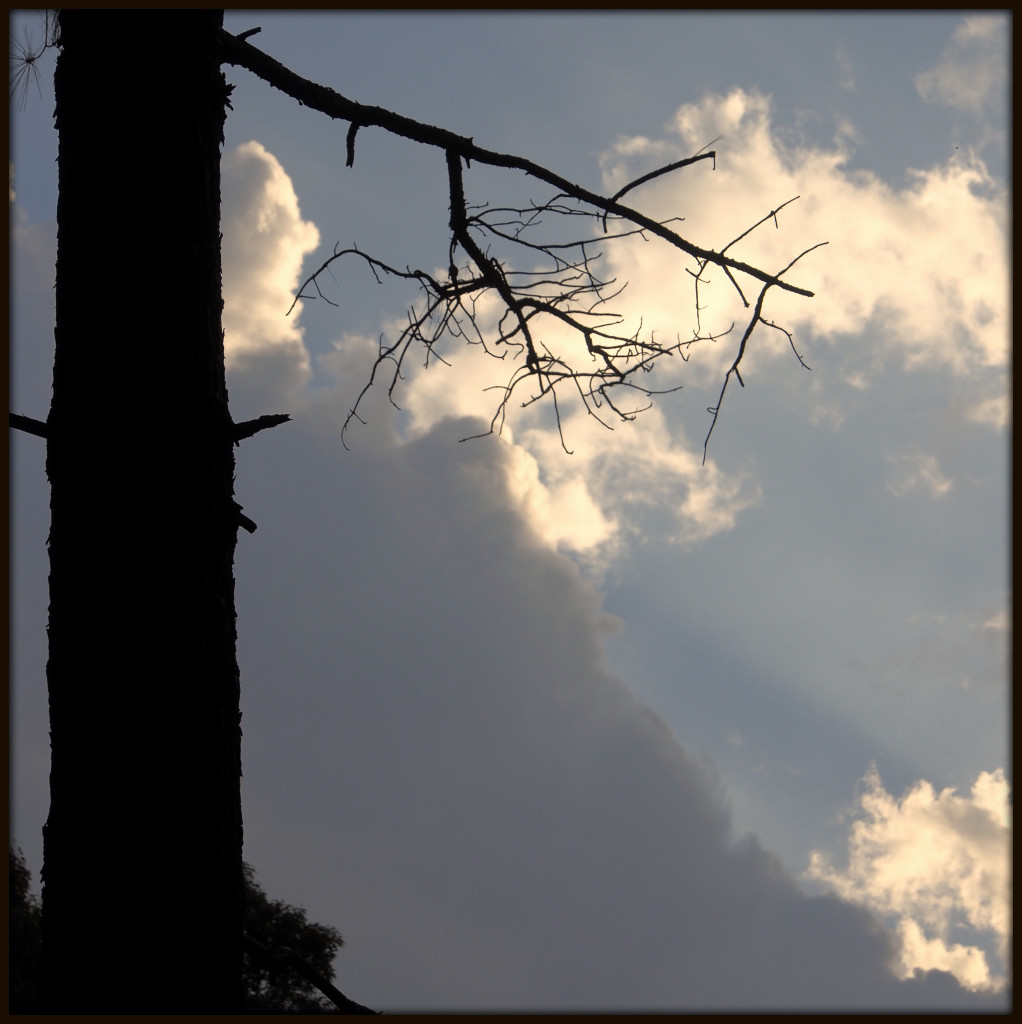
Yesterday afternoon, I visited the Shoals Spider Lilies (Hymenocallis coronaria, also known as Cahaba Lilies) along Flat Shoals Creek, in Harris County, Georgia. The property containing the stretch of Flat Shoals Creek where the lilies bloom has been in the same family since the 1830s, and the present owner, A. Stephen Johnson, has placed a Conservation Easement on the land, as well as willing it to the Nature Conservancy. The kind-hearted Mr. Johnson has not only made his land open to the public during the lily bloom period (late May into early June), but has gone so far as to place numerous trail signs and blazes along the path, as well as chairs for visitors to rest along their quarter-mile journey. He has even posted directions to his site here. There is limited parking, and it is a quarter-mile stroll down a pine-needle-covered driveway to reach the trailhead by Mr. Johnson’s cabin.
A bit of context is in order. A few days ago, I pulled a muscle in my leg; two days ago, I was so incapacitated that I had to get around the house wheeling myself in an office chair. It was only possible to visit Piney Woods Church Road by car, after an ordeal getting between the house and the garage. Yesterday, earlier in the afternoon, I hobbled down part of Piney Woods Church Road under my own steam, but only dared to venture part-way. Still, I hesitated to abandon the trip. I felt compelled to visit the Shoals Spider Lilies, whose bloom I consider to be one of the great natural wonders of the Southeast.
There are many species of spider lilies in the Southeast, but the Shoals Spider Lilies are among the most rare of them all. Thanks largely to dams and impoundments, the lilies (which grow only on islands among rocky shoals at the Fall Line in Alabama, Georgia, and the Carolinas) are restricted to about 50 populations. Among the most robust of Georgia’s holdings is this one, outside West Point, Georgia.
After an easy drive down I-85 and less than four miles of two-lane highway, we arrived at Mr. Johnson’s site. We parked our car at the driveway gate and set out down the trail. Thanks to a walking stick, I managed to press on down the driveway lined by mixed hardwoods and pines, along with a couple clusters of blooming wintergreen, which I admired but did not photograph. I was eager to see if the lilies were, in fact, still in bloom . We arrived at Mr. Johnson’s cabin; sadly, he has had to put iron bars over the doors and windows and install an alarm system, a high price to pay for inviting the public onto his land. A sign pointed to the beginning of the trail; below the sign, a pile of hiking sticks awaited reuse. A short jaunt through a forest that felt closer to an Appalachian woodland than a Piedmont one led us to a series of overlooks of the Shoals Spider Lilies, each one equipped with several lawn chairs. A sea of white greeted us as we looked out across the creek. We continued on, arriving at last at a convenient spot for accessing the water. Here, not only were chairs provided, but also a number of pairs of old sneakers for wading in the water. I did not have the courage to risk jeopardizing my injured leg by setting off into the stream channel; fortunately, a couple of flat rocks by the water’s edge led me to several blooming lilies. I was entranced, taking photograph after photograph of them. Like tulip poplars leafing out, the lilies have such complexity, such grace, that it is impossible to take a single picture and check them off a life list (if such a thing exists for wildflowers).
Here are a few images from my time among the lilies.
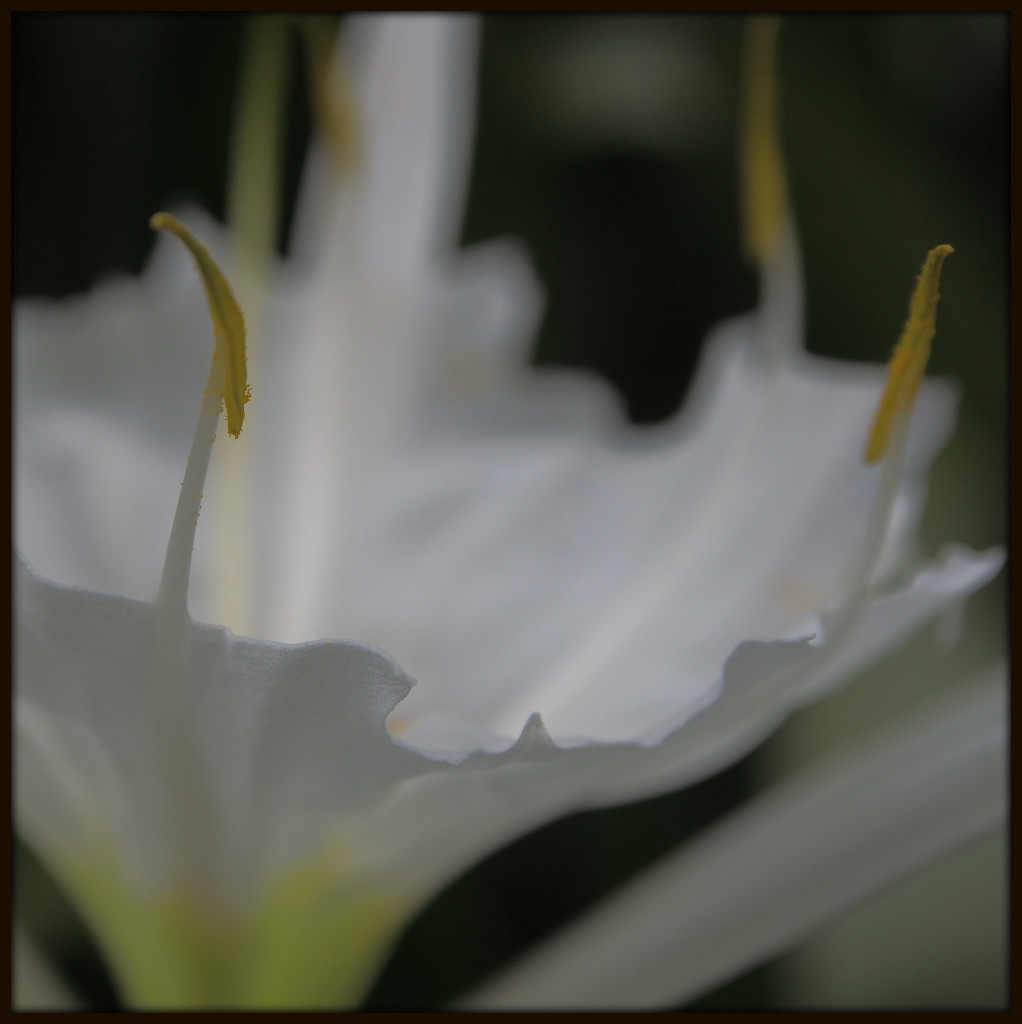

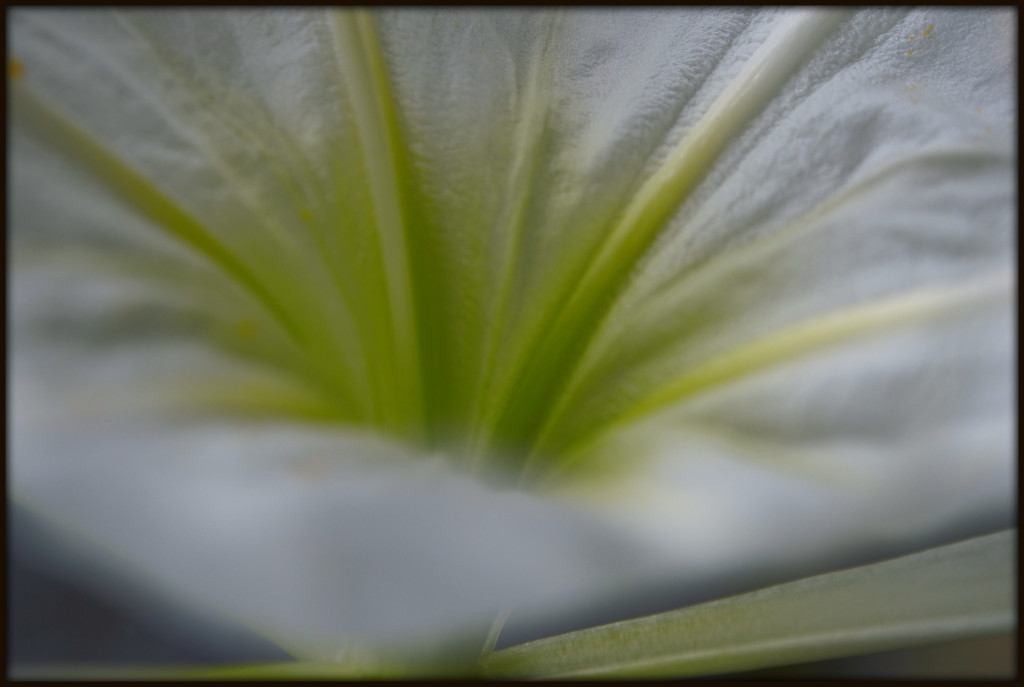
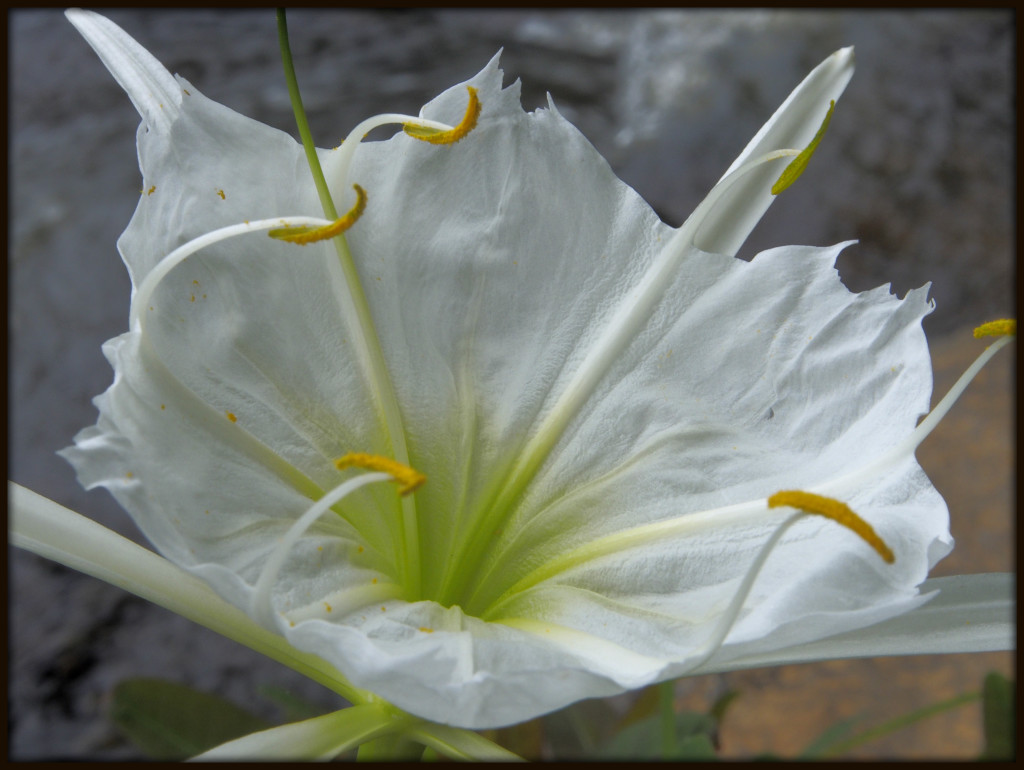
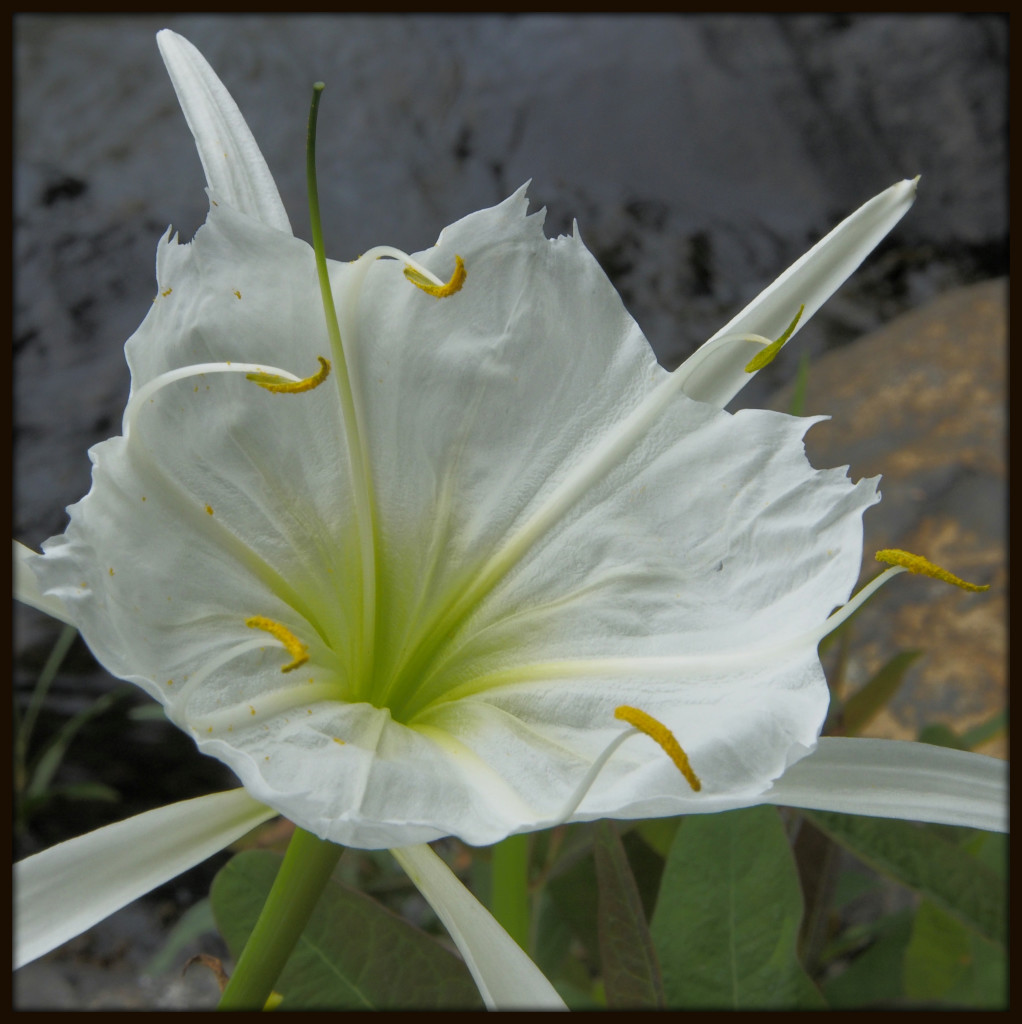
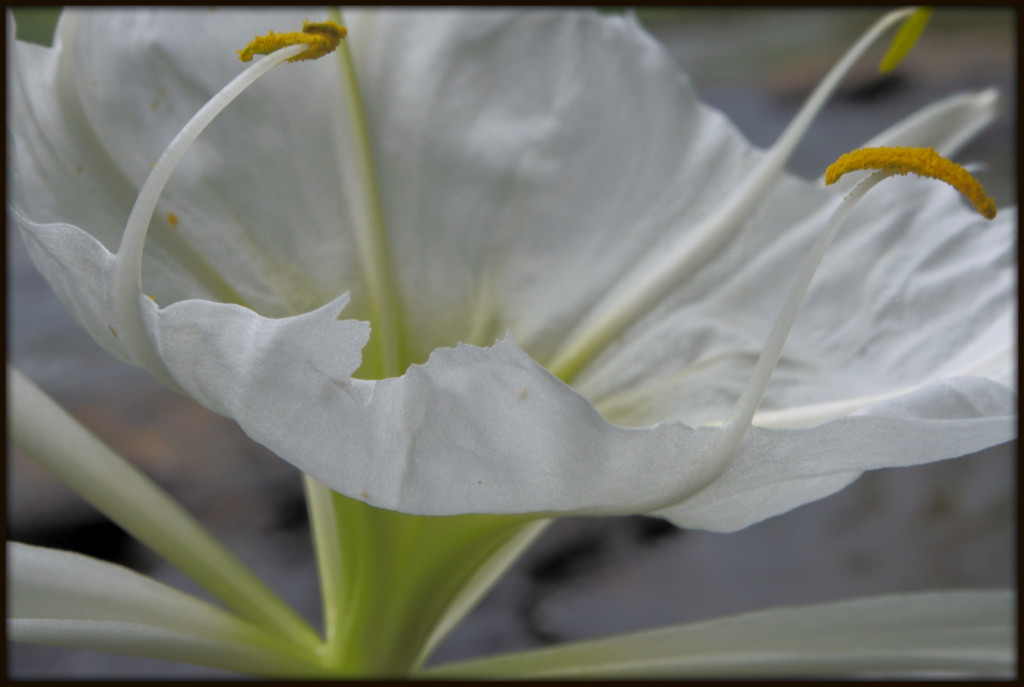
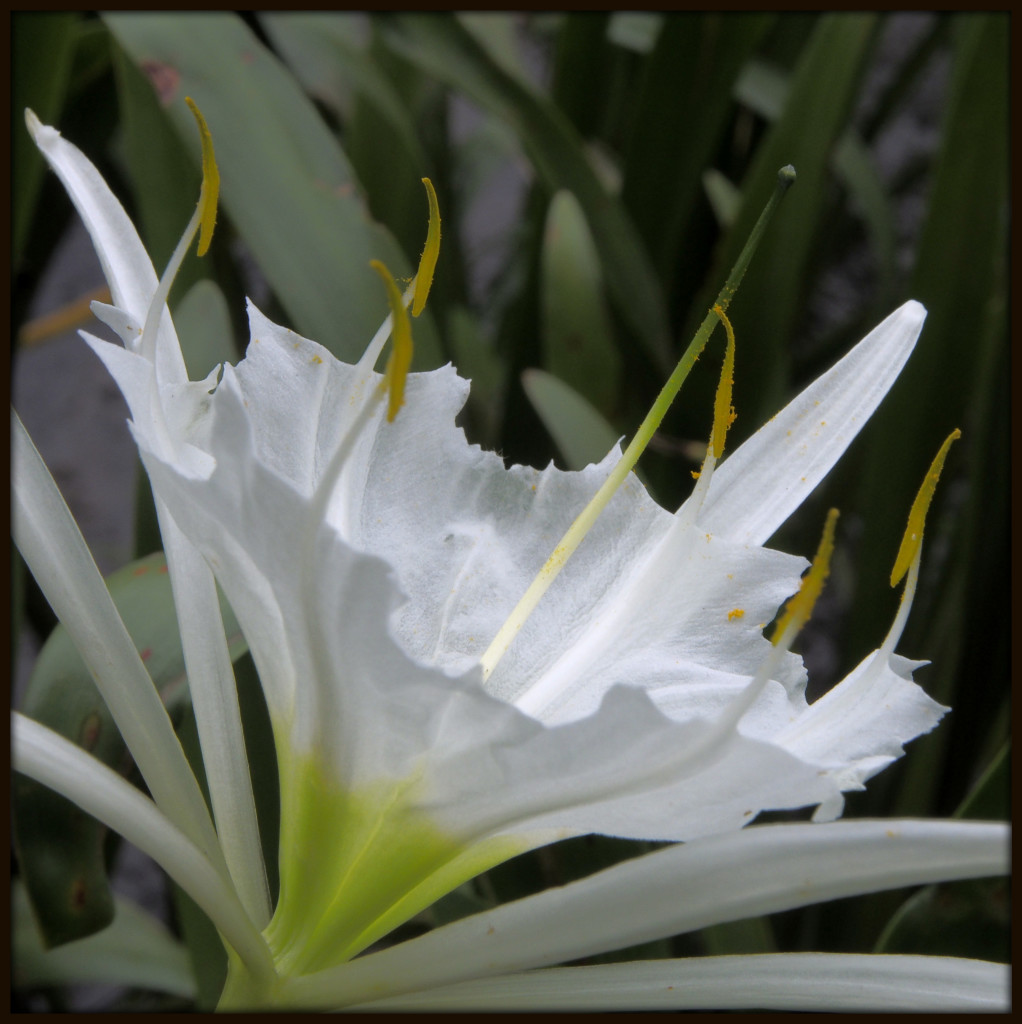
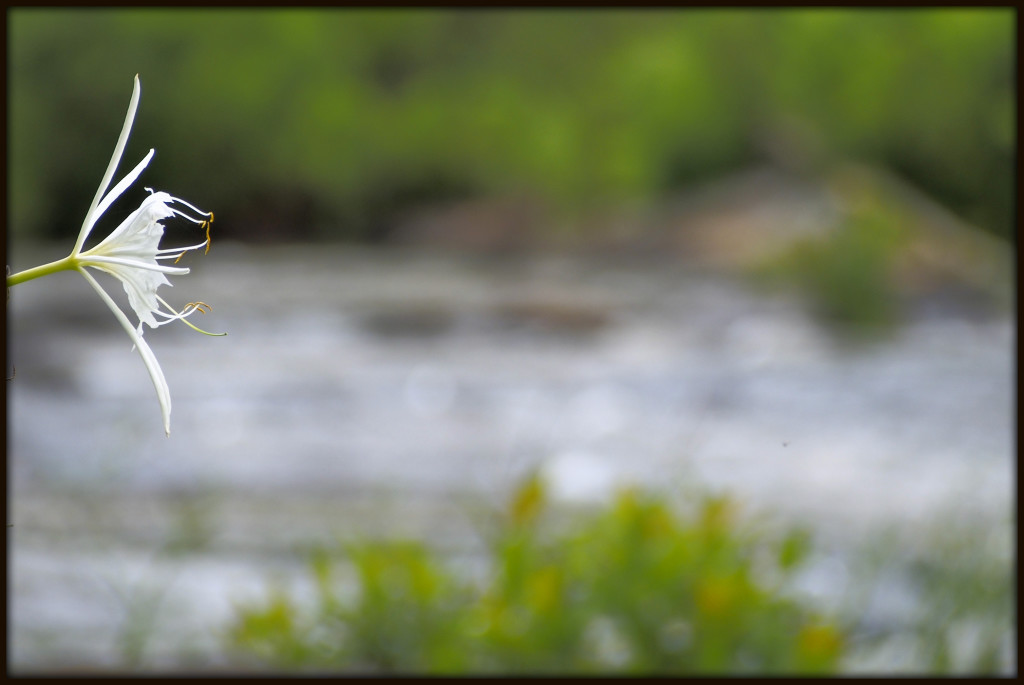
Among the lilies, I also saw quite a few half-inch blooms of a lovely magenta, blue, and white orchid-like flower, which I was able to identify as American Water Willow (Justicia americana), a native perennial herb commonly found in dense colonies in shallow streams and rivers throughout the eastern United States. Although not as showy as the Shoals Spider Lily, the American Water Willow provides great cover for aquatic life, including frogs and fish.
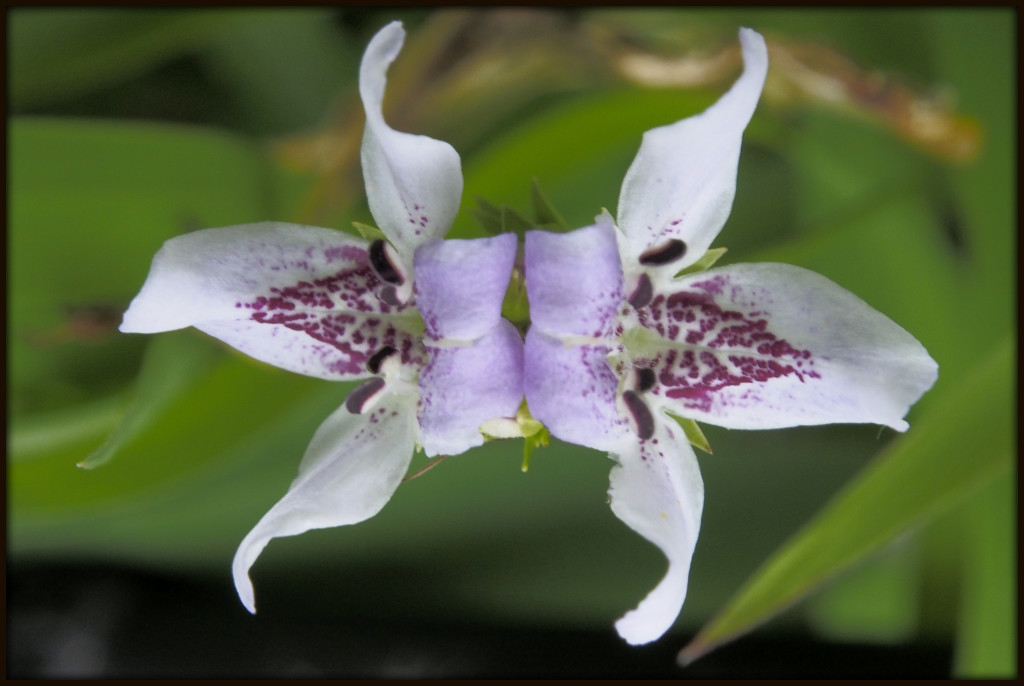
Emboldened by having somehow managed to walk as far as the lilies, I noticed that the trail continued upstream, toward “Cades Cave”. The further I went down the trail, the more I felt committed to seeing whatever was at the end. This trail was less heavily traveled, though, and much steeper in places. I pressed on, perhaps another quarter mile, to what was more like a cove than a cave; a massive rock had fallen from the steep bank of the stream, forming an alcove without a roof beside the creek. While it was a bit anticlimactic, nearby were showy white blossoms of Oakleaf Hydrangea (Hydrangea quercifolia) and brilliant red blooms of Fire Pink (Silene virginica).
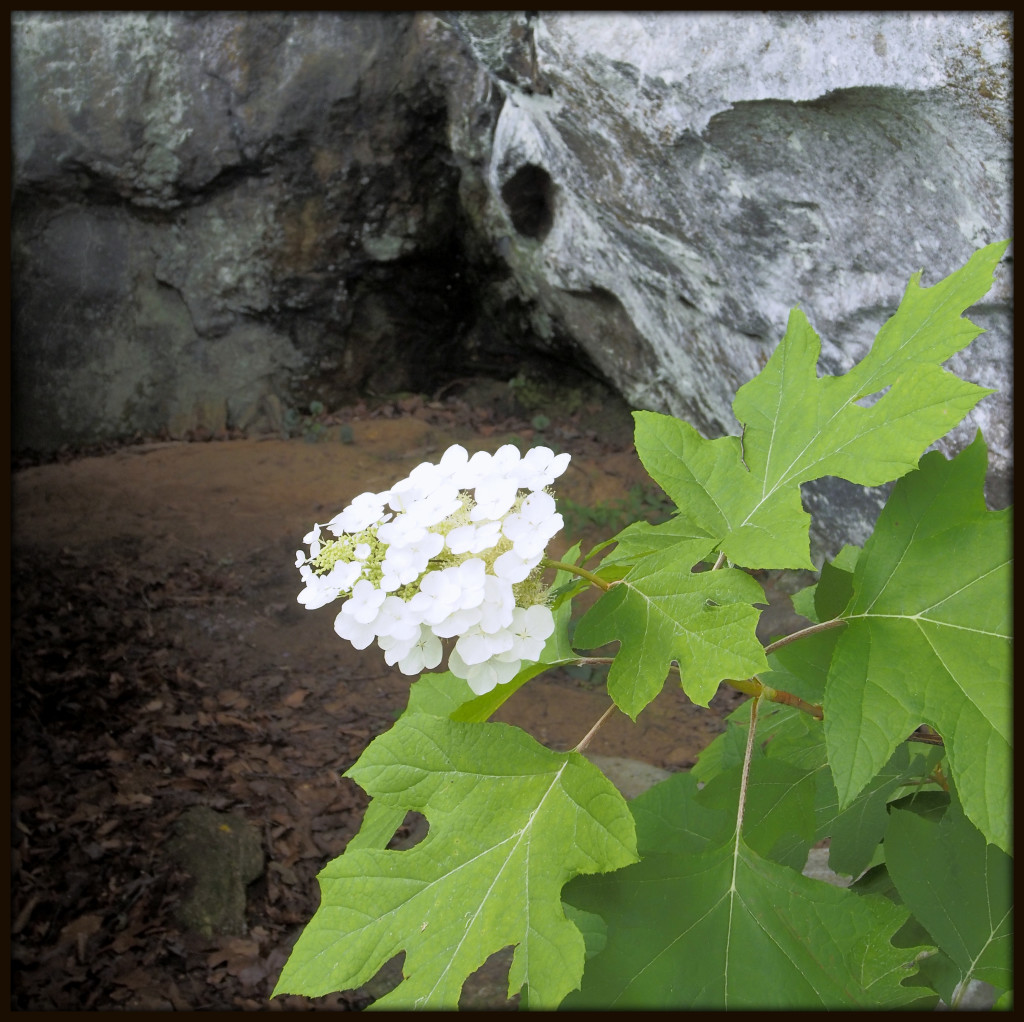
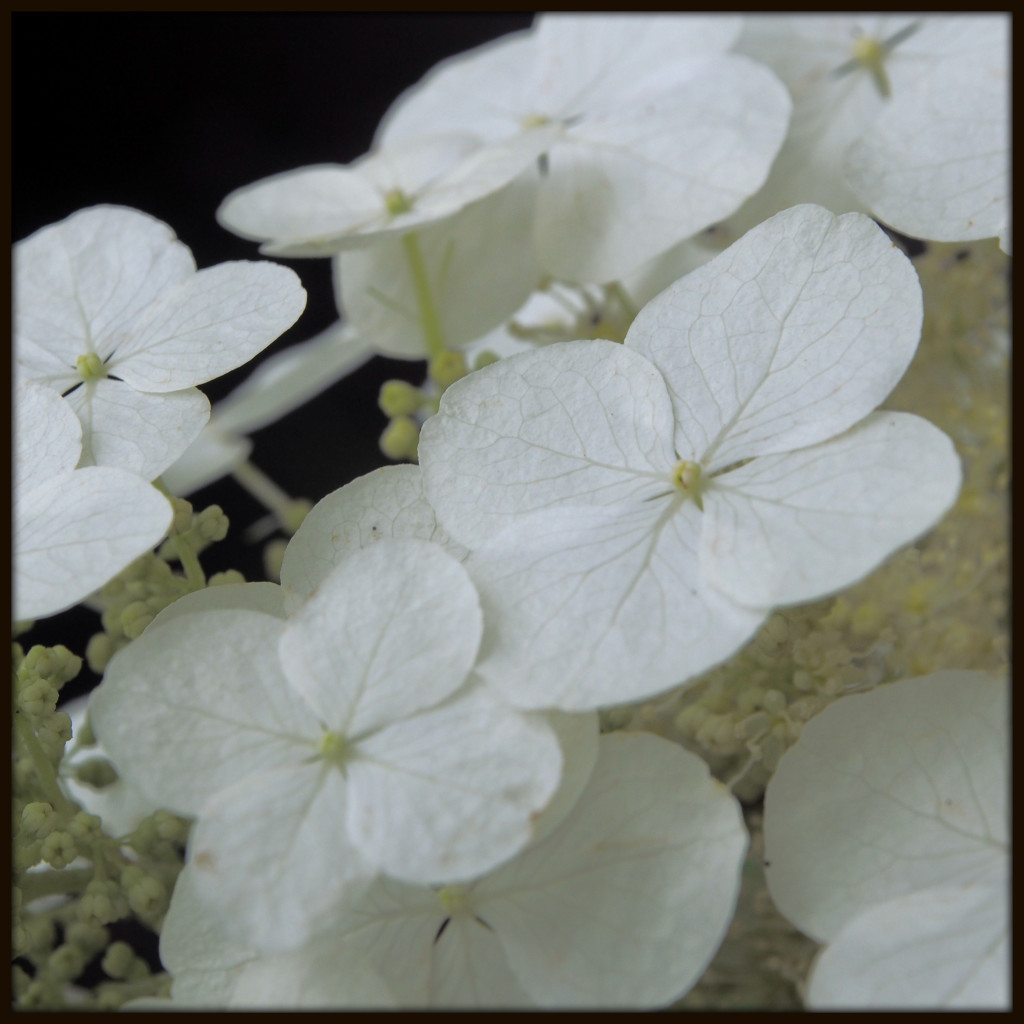
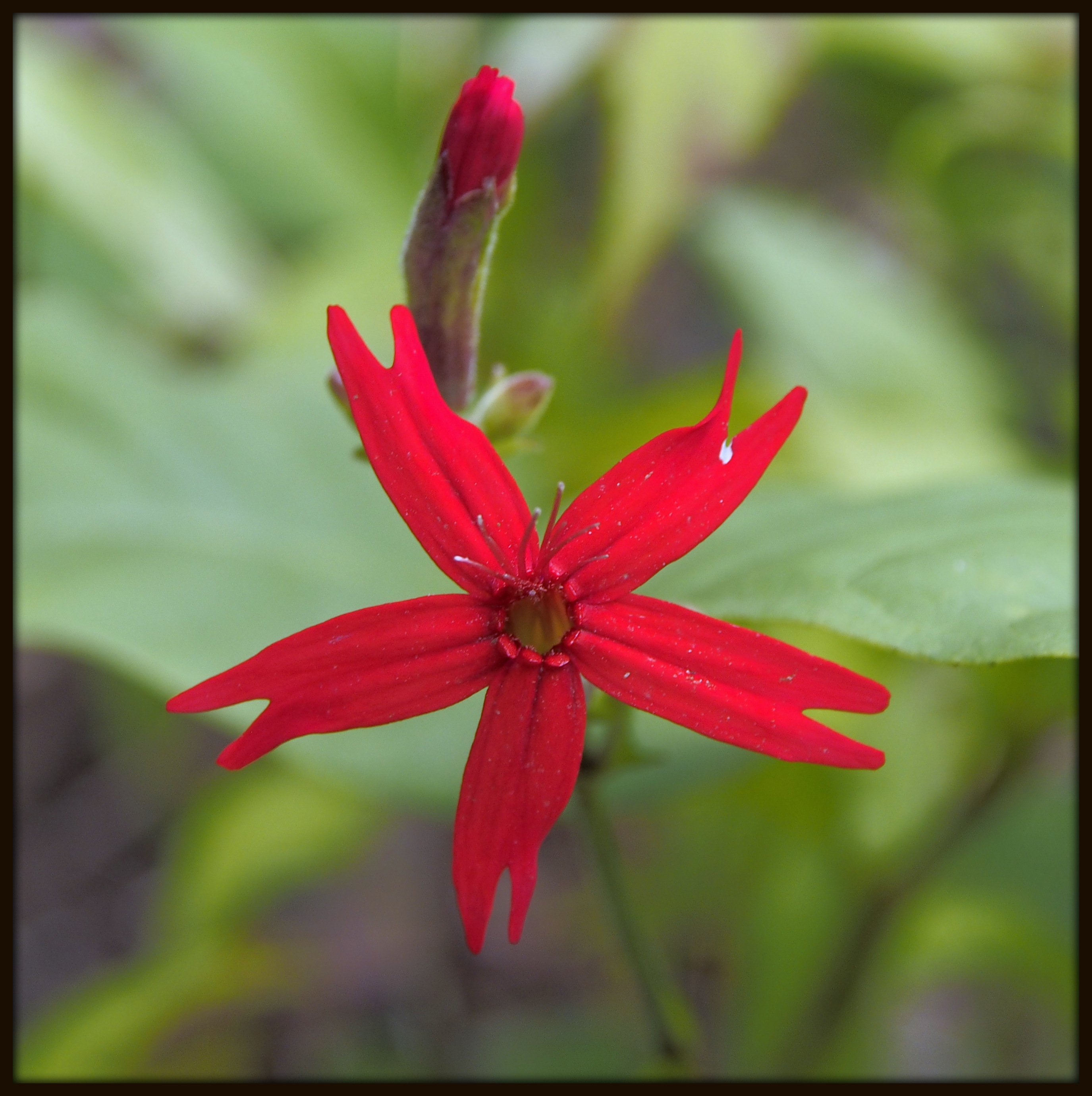
I hobbled my way down Piney Woods Church Road today, having pulled a muscle in my leg a couple of days ago and managed to pull it a second time for good measure earlier this morning. I was restricted to what I could see at eye level (sitting down being out of the question), and I only traveled part of the road, from Rico Road to the (dry) drainage ditch at about the halfway point. I found more spiders and other insects. I also noticed the brilliant red of new growth from a roadside red maple sapling (Acer rubrum). We tend to think of new growth as happening in early spring, but many trees continue to put forth new leaves well into the summertime.
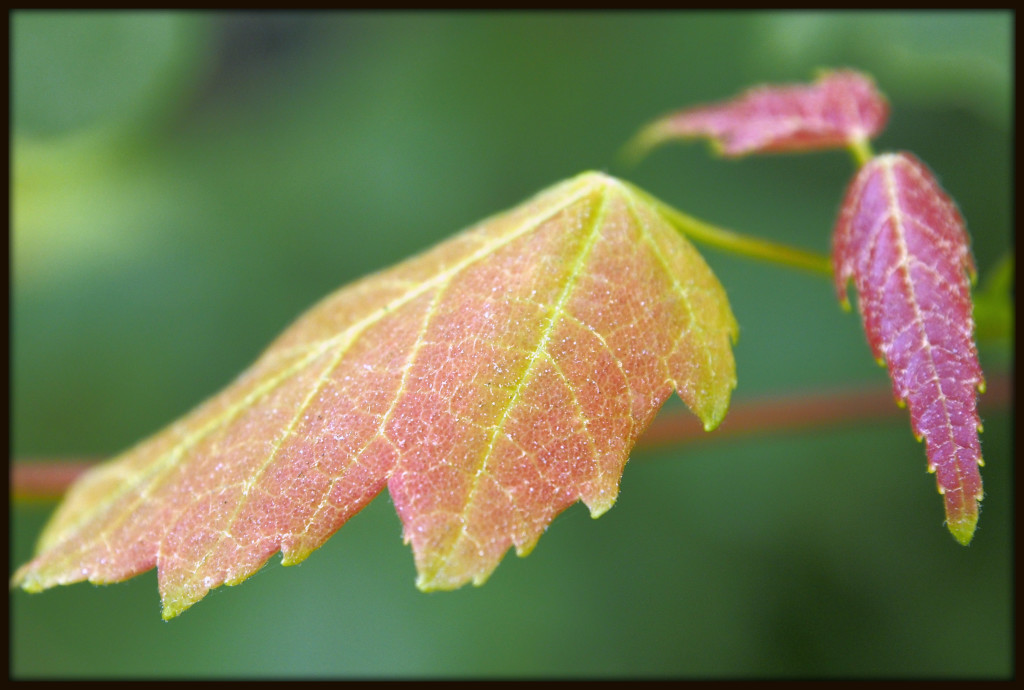
This tiny, rather nondescript purple flower carries a grand name indeed — Clasping Venus’s Looking Glass (Triodanis perfoliata). It is an annual herb, native to most of the eastern North America. I recently glimpsed a couple of isolated individuals, each bearing aloft a single five-petaled flower about half an inch across, near the Piney Woods Church Road intersection with Rico Road. They offer practically the only patch of purple along the road right now, surrounded by a sea of green leaves. Scotts Lawn Service offers to “fight” this plant with “systemic weed control,” “killing it completely, root and all.” Am I the only one that is baffled by this assertion? There are so many battles we need to engage in throughout our lives — fighting against injustice, poverty, industrial air pollution — but is this really one of them?

On Day 148, I set out shortly after 9 am in search of something new and intriguing. A new horse fence is being installed along Piney Woods Church Road, and I was also distracted by various frustrations, so I found it more difficult than usual to focus on all the beauty around me. Still, I found this lovely common persimmon (Diospyros virginiana) leaf, glowing with the morning sunlight. It is quite sufficient for the day.
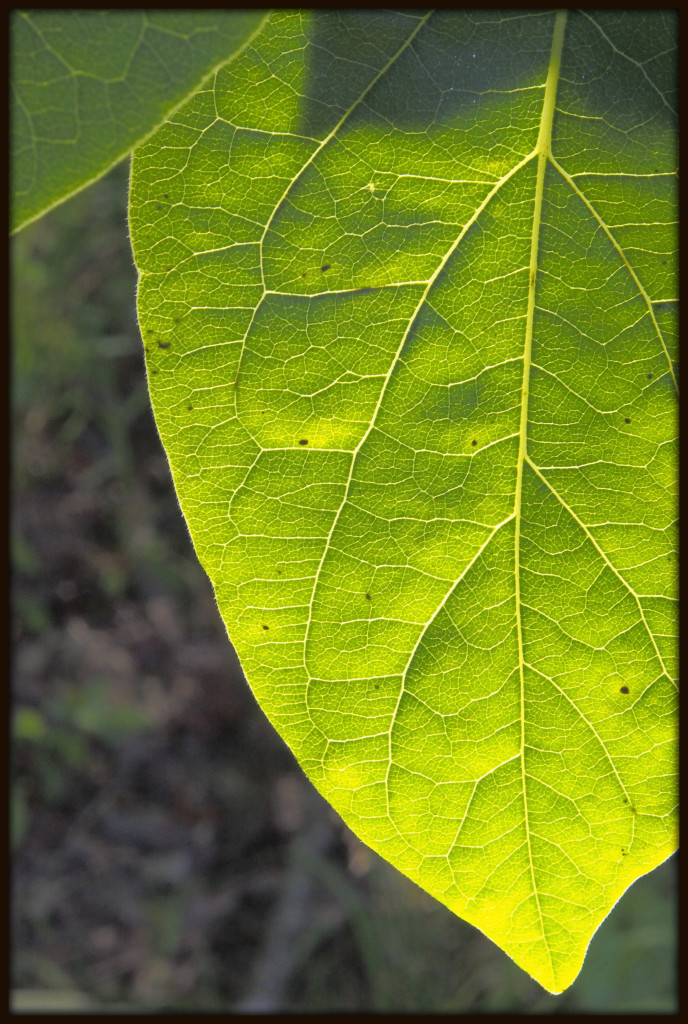
Today I stopped to photograph a fairly ubiquitous yellow flower, very dandelion-like but much taller, with a slender green stem. The flower is almost certainly Two-flowered Cynthia (Krigia biflora), a wildflower in the Aster family native to most of the Eastern US and north into Canada. The flower head is quite lovely when viewed-close up — not as similar in form to a dandelion as I had assumed at first glance.
